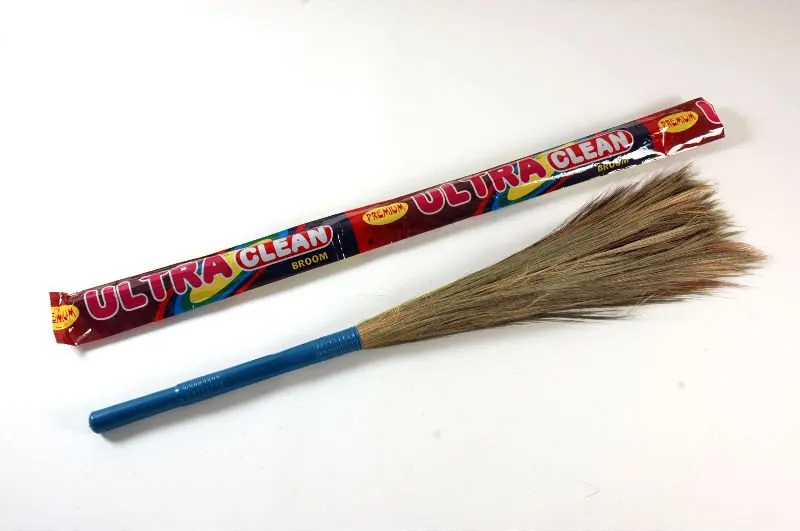This is one of my very favorite poems. My friend Delta Donahue wrote this poem about the Right of Way in Indian traffic, and it's uncannily evocative of India. (It's in her wonderful book, "The First Taste Belongs to the Gods.")
Right of Way
I start with a
simple fact
The pedestrian
has no standing
In the midst
of the bedlam
That is the
traffic of India
At first
everything seems jumbled and harried
This place
where striped lanes and stoplights
Provide the
merest hint of suggestion
In the best of
times
Even so
After studying
A pattern
begins to emerge
In the din of
never-ending horns.
There is a
hierarchy of sorts
Determined by
size
Trucks and
buses rule because
Well, think
about it,
They can smash
everything else.
Oh, but wait,
there is an exception
I forgot. I
should start with the cow.
Nothing trumps
the cow.
Aside from
that
Trucks and
buses
Definitely
rule.
In a battle
between trucks,
Which happens
frequently,
The truck
whose horn lasts longest
With the most
pitches—wins
After trucks
and buses
We move to
cars
Although
sometimes it seems
That donkeys
or camels pulling carts
Take
precedence.
Then auto
rickshaws
Otherwise
known as tuk-tuks
Bicycles
Finally human
rickshaws
You might
notice
I fail to
mention
Motorcycles
Because they
don’t count
They simply
swerve in and out
Obeying no
rules or rhythm
But watching
motorcycles
Always makes
me think of that comedy bit
You know the
one
How many
people can fit into a VW bug?
In India, it’s
a daily occurrence,
Not just with
cars but motorcycles also
Not uncommon
to see a family of six
Now it’s true
Many Indians
are quite thin
So, assuming
you have a dad that’s thin
Three small
children
And the baby,
he’s in the mother’s arms of course,
And she is
very thin
Despite having
given birth to 4 children
Add them up
6 humans
One motorcycle
I don’t quite
understand how it is possible.
It helps that
no space is taken up by helmets.
But back to
the hierarchy
I left off at
human rickshaws
Which then
takes us to the pedestrian
Before I
address the pedestrian
I should
mention the elephant
There aren’t
many in the cities
More of a
tourist thing these days
But
occasionally you’ll turn a corner
And there will
be an elephant
Just standing
there
You have to
wonder
If the big guy
is a little lost
Or dreaming of
a jungle.
Easy to guess
who gets
Right of way
Doesn’t seem
to matter if
Truck, bus,
bike, or tuk-tuk
Or even cow,
because the cows just ignore
The gigantic
grey thing in the center of the road
But for
everyone and everything else
I mean it’s an
elephant
What are you
going to do?
That question
though
What are you
going to do?
Is not one to
pose to an Indian driver
For there is
always something to do
It may mean
teetering on two wheels
Along the
banks of a ditch
Driving the
wrong way into oncoming traffic
Or creating a
road
On the dirt in
front of village shops
And yes,
sometimes, oh so occasionally, it means
Waiting for
the elephant to pass
There is one
unwritten traffic rule
Observed by
all
No honking at
an elephant.
Back to the
lowly pedestrian
Picture one
white foreigner
Coming from a
land where motorists actually slow down
And stop to
let you pass
This white
foreigner
Might just
happen to be a woman around 53 years of age
Simply trying
to get from one side of the street to the other
While in the
back of her mind
A
disconcerting bit of knowledge rumbles
Aware of a law
Learned by
happenstance
Indian truck
drivers can hit and kill
6 pedestrians
before they go to jail
Yes, take a
moment
Let that sink
into the very fiber of your being
As this
53-year-old white woman is dashing between camels, tuk-tuks,
Swerving
motorbikes, trucks and cars
All with horns
blaring
Well, not the
camels,
There should
have been an elephant
It would have
made the story better
And the
crossing easier
But yes, it is
true.
In a land of
one billion people
Where most
roads are not graced
By any type of
light
The battle of
truck versus person
Occurs with
such regularity
It has lost
all meaning
The government
figures
The odds are
against the drivers
Unrealistic to
think
They can avoid
hitting everyone
Progress
though
A new law
Each truck
contains a spotter
A person to
help spot things,
To
avoid—like—people!
You get 6
free, but on the 7th
Off to jail
I should go
back to where I started though
Hit one cow
It’s a one-way
ticket
Directly to
jail
No passing go,
throw away the key
Welcome to the
traffic that is India.

